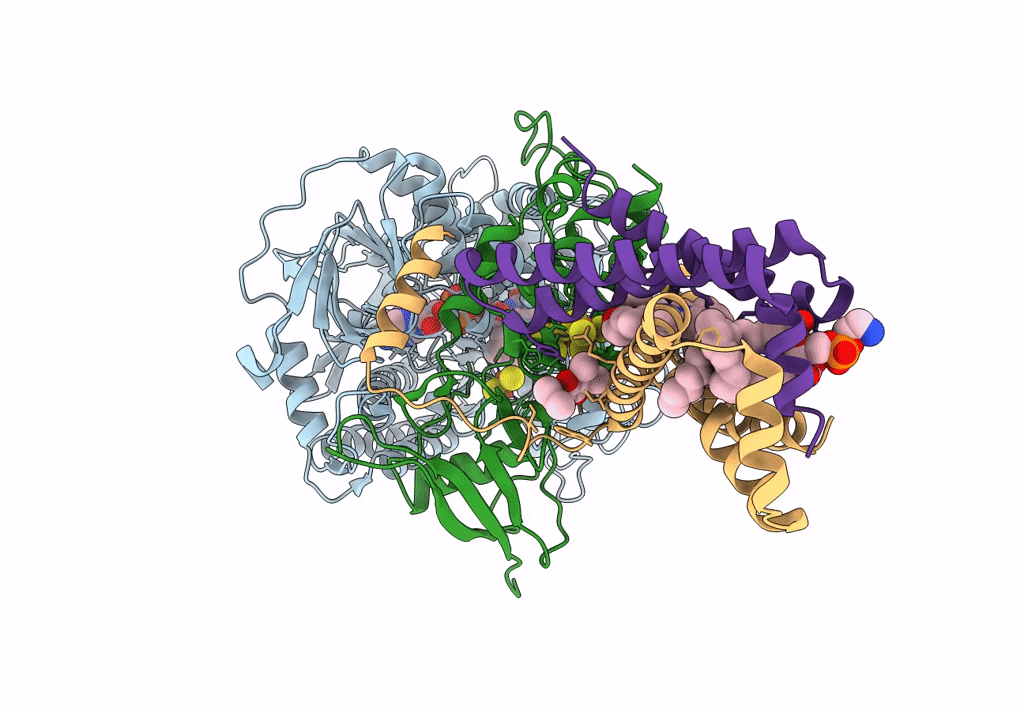
Deposition Date
2022-09-05
Release Date
2023-05-10
Last Version Date
2025-07-02
Method Details:
Experimental Method:
Resolution:
2.86 Å
Aggregation State:
PARTICLE
Reconstruction Method:
SINGLE PARTICLE


